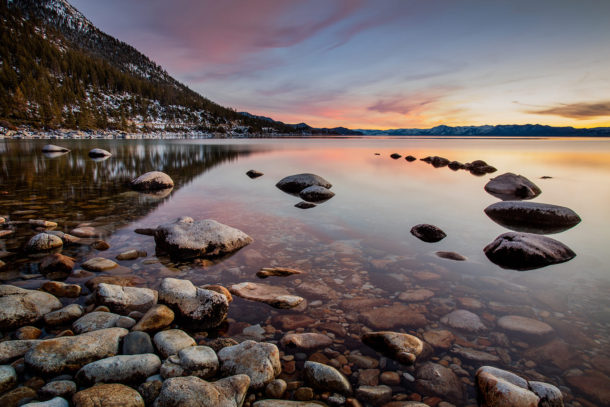

Portrait and landscape formats have been around since the beginning of photography. Portrait format, on the other hand, is called “portrait format.” We’ll also show you some easy ways to use your camera or phone when taking pictures in portrait or landscape mode. In this article, we’ll talk about the main ways that portrait and landscape are different and also talk about which of the two orientations is better and when it’s best to use both. So, most pictures taken with cameras are probably in landscape format, while most pictures taken with phones are in portrait format. On the other hand, photos taken with a smartphone are in a portrait format. When the camera is in a normal position, the format is landscape. Let’s look into landscape and portrait format

The Rule of Thirds applies to portrait & landscape formatġ. Portrait and landscape format for what motif? Just How Smart are You, ChatGPT? I quiz chatGPT about math.50 Years of Wow- I lived through 5 decades of computing milestones.But for the gutless rest of us, rules are better than nothing. Also, I’ve been told that the real pros don’t need rules, they just go by gut feel. These rules aren’t logically complete – you can take good pictures not following them. make sure it fills the frame from top to bottom (get close).place the interesting part by default in the center.make sure there is something interesting in the bottom half (foreground).point camera down so that the interesting part is right at the top.get close enough so that the interesting part almost fills the frame from right to left.decide what is the interesting part of the image.

They can help you take better pictures (or drawings, or paintings). These considerations aren’t just of intellectual interest. The aspect ratios of the crops oscillates. The image is starting to get square because the original aspect ratio was not close to √2. But this may vary if the interesting part is not in the middle. With landscape, the default is the middle half (with 1/4 removed on either side). In cropping portrait, you by default take the upper half. I was struck by the fact that almost all of them would benefit by a 1/2 crop to portrait. I was looking at the (all landscape) images in the New York Times.

… is a portrait image struggling to get out.Īs I said, I don’t view landscape images on my Aura but landscape images are omnipresent on the web. Which ratio is used in the Monna Lisa? Read on … Any number of articles and books and articles will tell you the golden ratio is the key to artful images, but I’m suggesting something different. Note: this is NOT the golden ratio – the golden ratio is 1.618, whereas √2 is 1.414. This is very close to 7:5, a ratio offered by most image editing software. If we want the exact same ratio, a little high school algebra tells us the ratio should be √2 : 1. If it’s 4:3, like my Aura frame, the new ratio is 3:2, or 4.5:3, close enough. That depends on the original aspect ratio. The question arises, what will be the aspect ratio of the cropped landscape image, assuming we take exactly 1/2 of it? In this case the cropping improves the image. They are presented as a side show, with you controlling the interval. (I have no investment in AF).Your images are stored in the cloud, so you can have tons of them. It’s brilliant, starting with the images. Recently my wife gave me an Aura Frames smart photo frame. Practically a sign of a better-than-average photographer. To take a portrait you need the awkward hand-over-the-camera maneuver pictured above. You can hardly blame the newbies, cameras are set up to be used in landscape mode. Landscape image of a photographer taking a portrait mode picture. Or taking all your pictures in landscape mode. Or having the sun at your back so your subjects are squinting. I’m very curious about what makes a good picture and am amused by newbie mistakes. Some of them turn out good but I’m not in the same league as the real professionals. I like to take pictures (you’ll see some here). I tried them out on the Monna Lisa and … read on! I have some theories about these modes – for example, cropping one into the other.


 0 kommentar(er)
0 kommentar(er)
